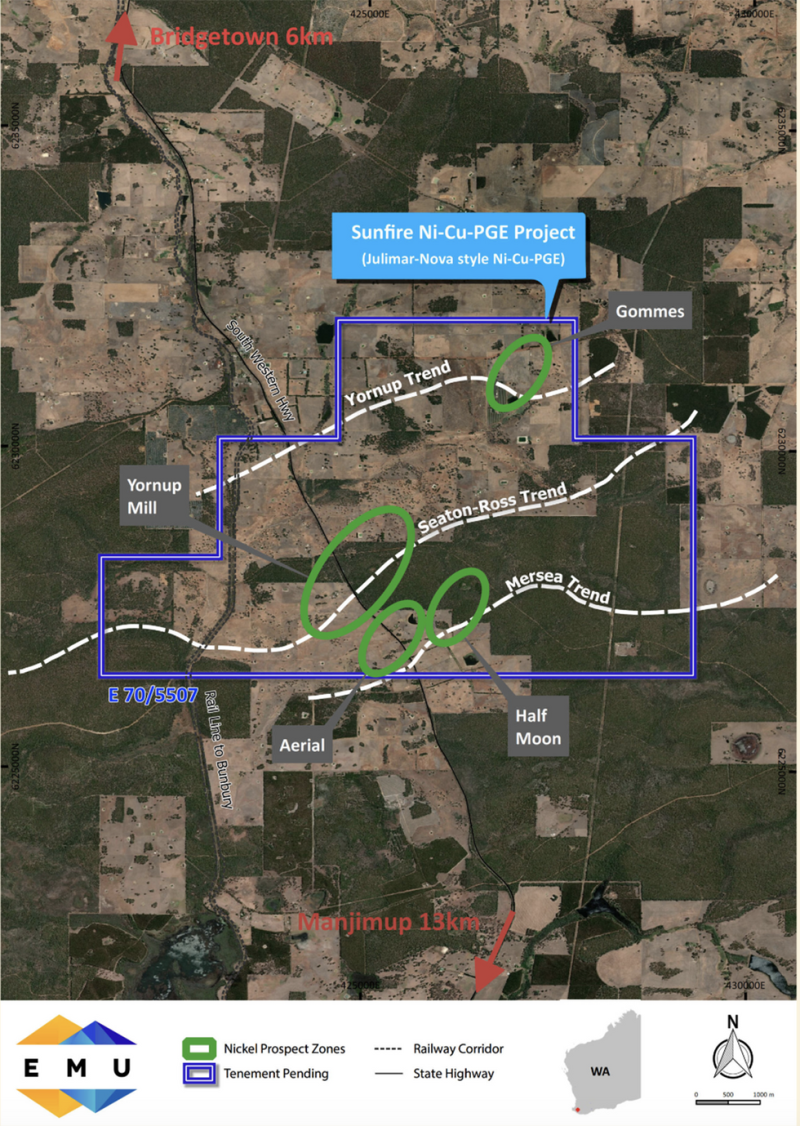EMU NL, an acronym for Elektrische Multicourante eenheid Nederland, is a critically important element of the Dutch railway system, providing a fascinating blend of innovation, efficiency, and sustainability. This article delves into the distinct characteristics that make EMU NL a revolutionary step in the advancement of the Netherlands’ rail transportation network.
One of the most striking aspects of EMUs is their electric propulsion system. Unlike traditional diesel trains, EMUs draw electricity from overhead lines or third rails, significantly reducing their dependency on fossil fuels. An EMU’s independency from expensive and polluting diesel fuel makes it economically and environmentally preferable, embodying the Netherlands’ commitment to sustainability and energy efficiency.
EMU NL also impresses with its multicourante capability. The term ‘multicourante’ refers to the capacity of these trains to operate under different voltage systems. This feature shows unprecedented flexibility, allowing the EMUs to seamlessly traverse across various railway networks in the country, even with differing electrical systems. This not only augments operational efficiency but also paves the way for international connectivity, rendering the service ideal for cross-border transport.
The Dutch railway network is known for its punctuality, and EMUs play an integral part in maintaining that reputation. These units, due to their electric nature, can accelerate and decelerate faster than traditional trains. This results in shorter journey times and the ability to maintain tighter schedules, contributing to the overall speed and efficiency of the network.
Design aesthetics and passenger comfort are other defining elements of EMU NL. The Dutch have a stellar reputation for their design sensibility, and their EMU units do not disappoint. Combining form and function, these trains feature spacious seating with adequate leg-room, power outlets for charging devices, ample luggage space, and noise-free interiors, ensuring a comfortable and convenient journey for passengers.
However, it is not just comfort that these trains excel in; they also prioritize safety. EMUs are equipped with high-tech safety systems, including automatic train control (ATC) and automatic train protection (ATP), to prevent accidents and enhance the overall security of the passenger trip.
Moreover, EMU NL’s streamlined operational procedures significantly decrease wear and tear on both track infrastructure and the trains themselves, prolonging their lifespan. With effective regenerative braking systems in place, they generate electricity when slowing down, further augmenting energy efficiency.
While EMU NL has indeed revolutionized the Dutch rail network, its potential to thrive as a global tweakable solution for dense rail networks demands acknowledgement. The system’s robustness, versatility, and scalability qualify it as a model for other nations considering railway upgrades or expansions. The integration of EMUs in the national railway network can play a pivotal role in addressing future transport needs while contributing to carbon neutrality.
In conclusion, EMU NL stands as a testament to Dutch engineering prowess, proving that practicality, safety, and sustainability are intrinsically linked in modern design considerations. As an essential component of the Dutch rail transportation strategy, EMU NL sets the bar high, inspiring railway systems around the globe with its commendable performance and eco-friendly philosophies.




